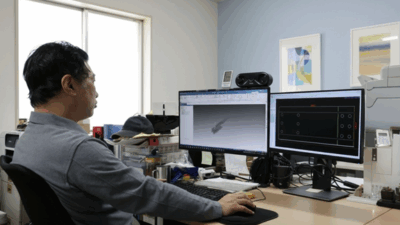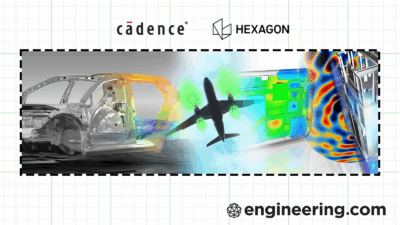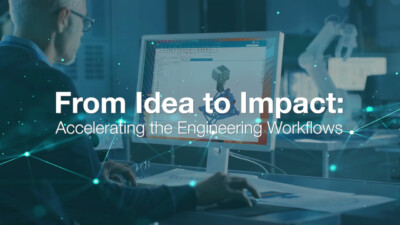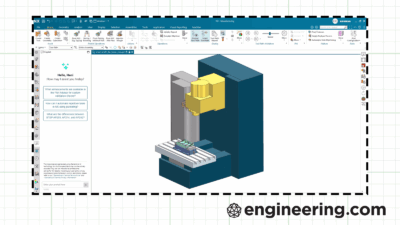AI once again took center stage at Autodesk University, with text-to-CAD, an expanded Autodesk Assistant and more.
At Autodesk University 2025, taking place this week in Nashville, TN, Autodesk announced that it’s developing new engineering-focused AI models called neural foundation models.
The first of these is neural CAD, an AI model that’s trained to reason about CAD objects, according to Autodesk.
“Moving far beyond the practice of pairing large language models with existing solutions, Autodesk’s approach completely reimagines the traditional software engines that create CAD geometry or translate between industrial and architectural systems,” wrote Autodesk’s Mike Haley, leader of the machine intelligence group at Autodesk Research, in a blog post yesterday.
Autodesk announced two types of neural CAD that will soon be available for Forma and Fusion users. Forma, Autodesk’s AEC platform, will get neural CAD for buildings. Haley wrote that it “enables customers to quickly transition between early design concepts and more detailed building layouts and systems.”
In Fusion, neural CAD for geometry “is an entirely new, machine learning approach to generating CAD objects in contrast to the classical parametric CAD engines employed for over 40 years,” according to Haley. Neural CAD will allow users to generate, via text prompts, boundary representation (BREP) geometry that can be edited within Fusion.
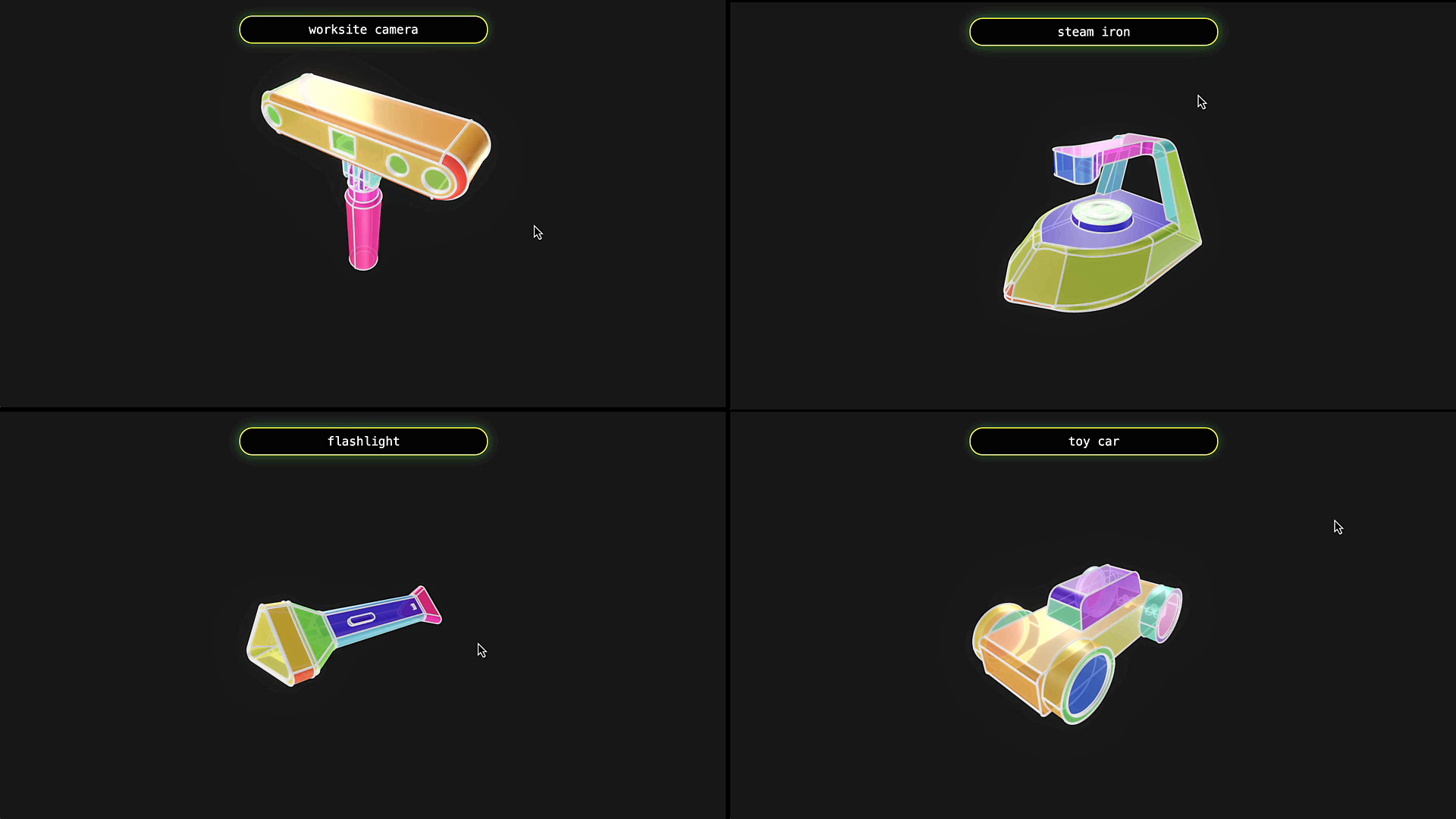
Autodesk is also expanding its chatbot, Autodesk Assistant, in both functionality and availability. It will be available across Autodesk products including Fusion, Vault, Revit and more. In a press briefing last week, Haley described Autodesk Assistant as a “thought partner” for design and manufacturing.
One new feature that Autodesk is bringing to the Assistant is the ability for users to generate photorealistic, context-aware renderings of their Fusion designs. In his blog post, Jeff Kinder, executive vice president of product development and manufacturing solutions at Autodesk, gave the example of an air fryer being rendered in a kitchen environment.
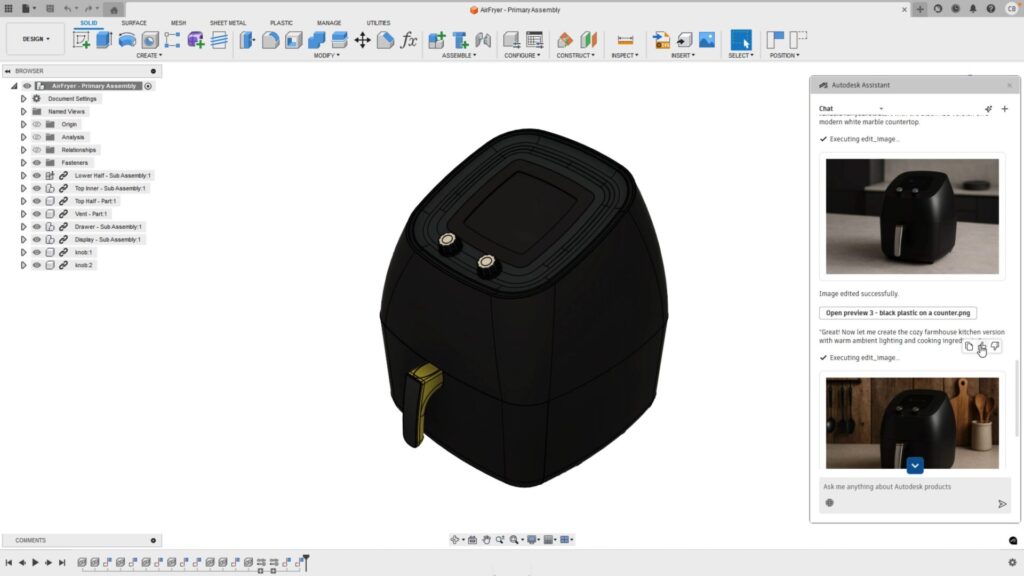
The rendering feature comes through a collaboration with Microsoft by which Fusion can tap into Microsoft AI services like Azure OpenAI. The resulting renders can “then be exported to Microsoft 365 and converted to a Microsoft PowerPoint presentation, eliminating the need for users to manually produce creative collateral,” Kinder wrote.
Engineering.com is live at Autodesk University in Nashville this week. Stay tuned and subscribe for further updates.
